In March 2019, NASA’s Mars Curiosity rover captured two solar eclipses created by each of the planet’s tiny moons, Phobos and Deimos.
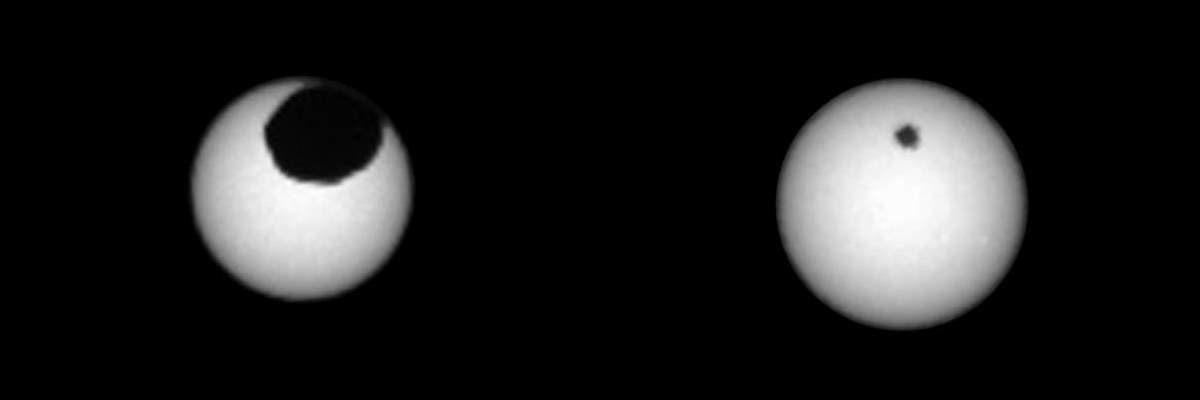

In March 2019, NASA’s Mars Curiosity rover captured two solar eclipses created by each of the planet’s tiny moons, Phobos and Deimos.
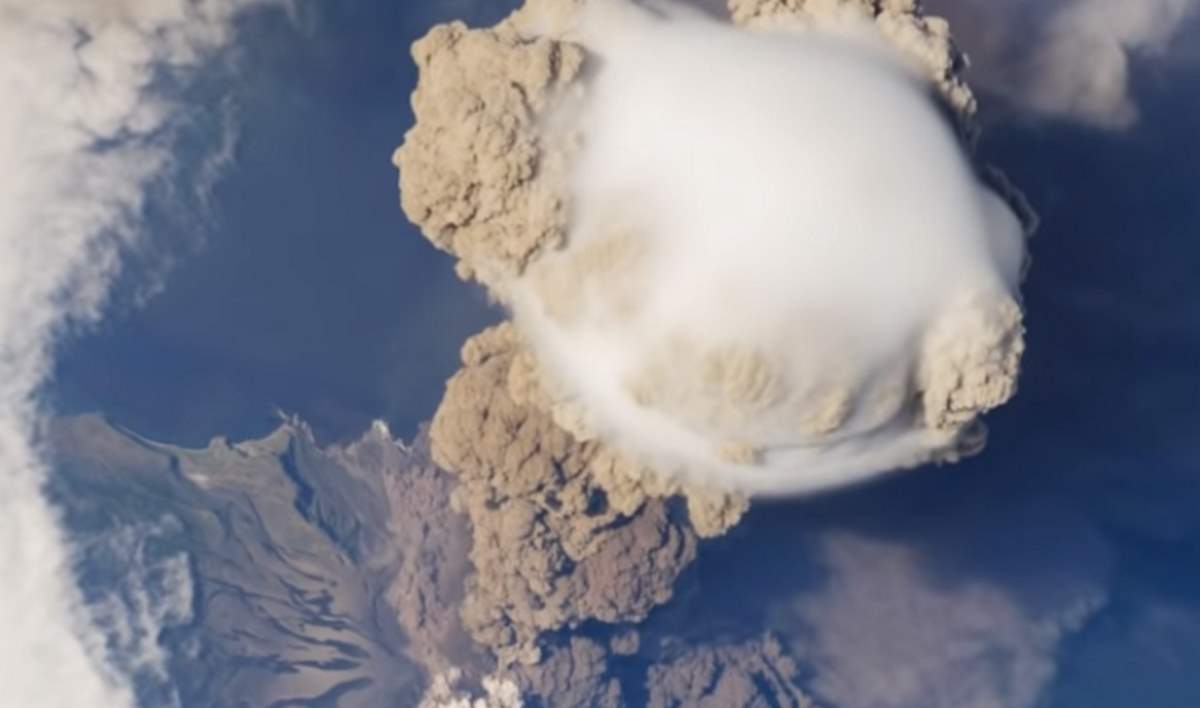
On June 12, 2009, a fortuitous orbit of the International Space Station (ISS) made it possible for an astronaut onboard to capture the Sarychev Volcano in the early stages of the eruption.
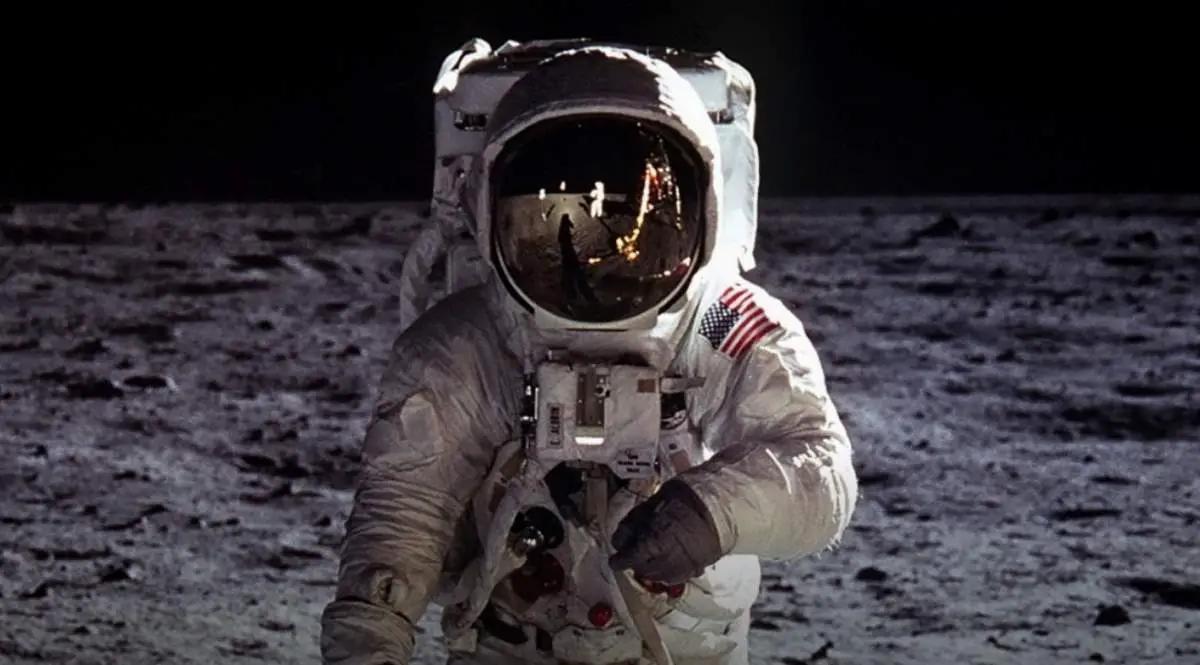
Despite there is huge empirical evidence readily available to show that six crewed Moon landings (1969-72) did occur, many conspiracy theorists hold that the Apollo Moon landings were a hoax.
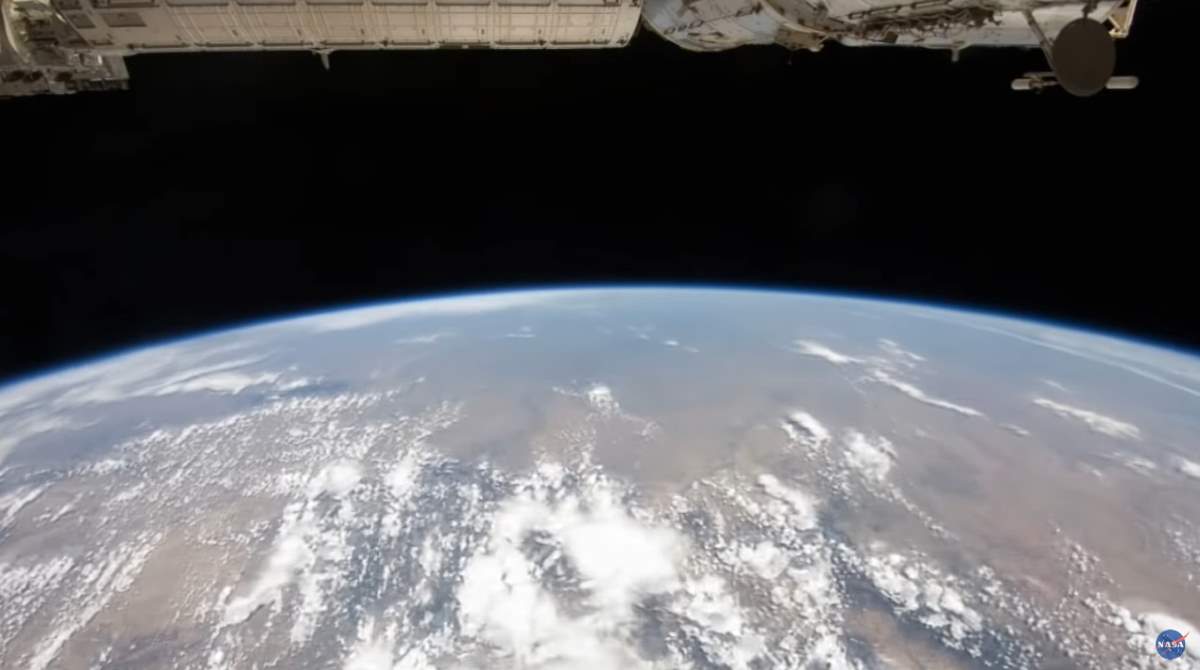
International Space Station Expeditions 27 and 28 astronaut Ron Garan presents a video about his return from space, including a compilation of time-lapse photography of “our fragile oasis”, the Earth. The images were captured by Garan and Expedition 28 and 29 astronaut Mike Fossum while aboard the space station.
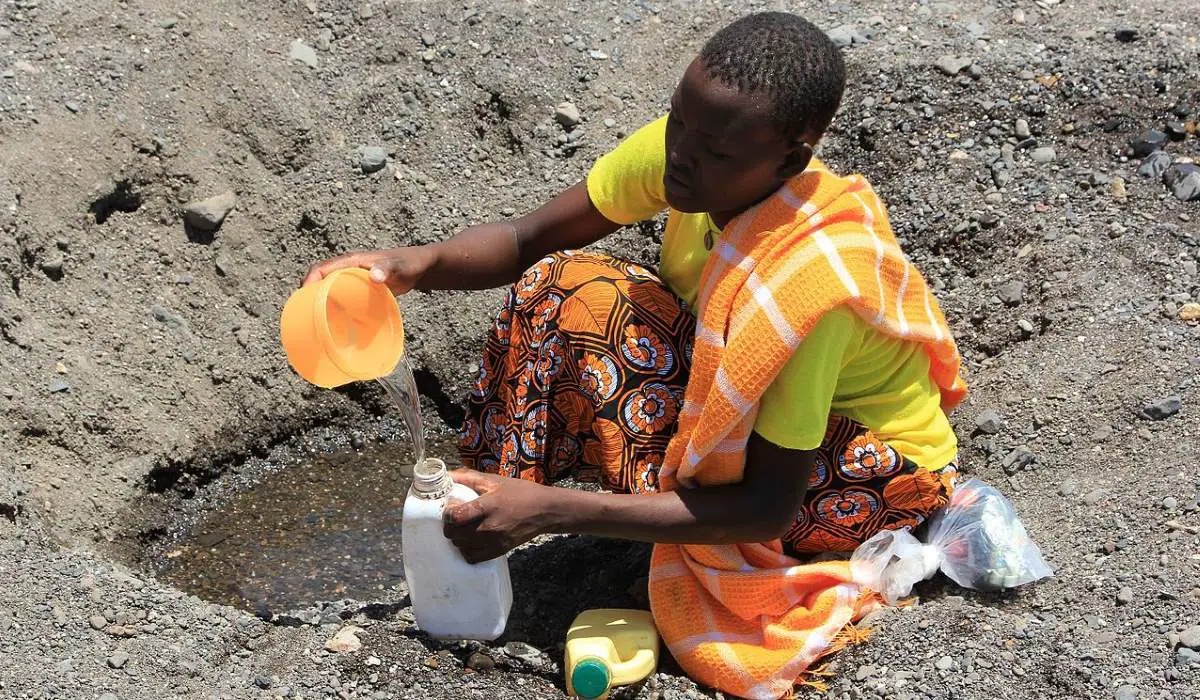
March 22, 2019, is World Water Day. Water is a basic human right. According to the United Nations, water scarcity affects more than 40% of people (40% !) around the world, and this is projected to increase with the rise of global temperatures. Providing clean water and sanitation for all is a huge challenge.

Before going silent due to a huge dust storm on June 10, 2018, NASA’s Mars Exploration Rover Opportunity documented an amazing 360-degree panorama from multiple images taken at what would become its final resting spot in Perseverance Valley. The Mars rover collected these images over the course of 29 days.
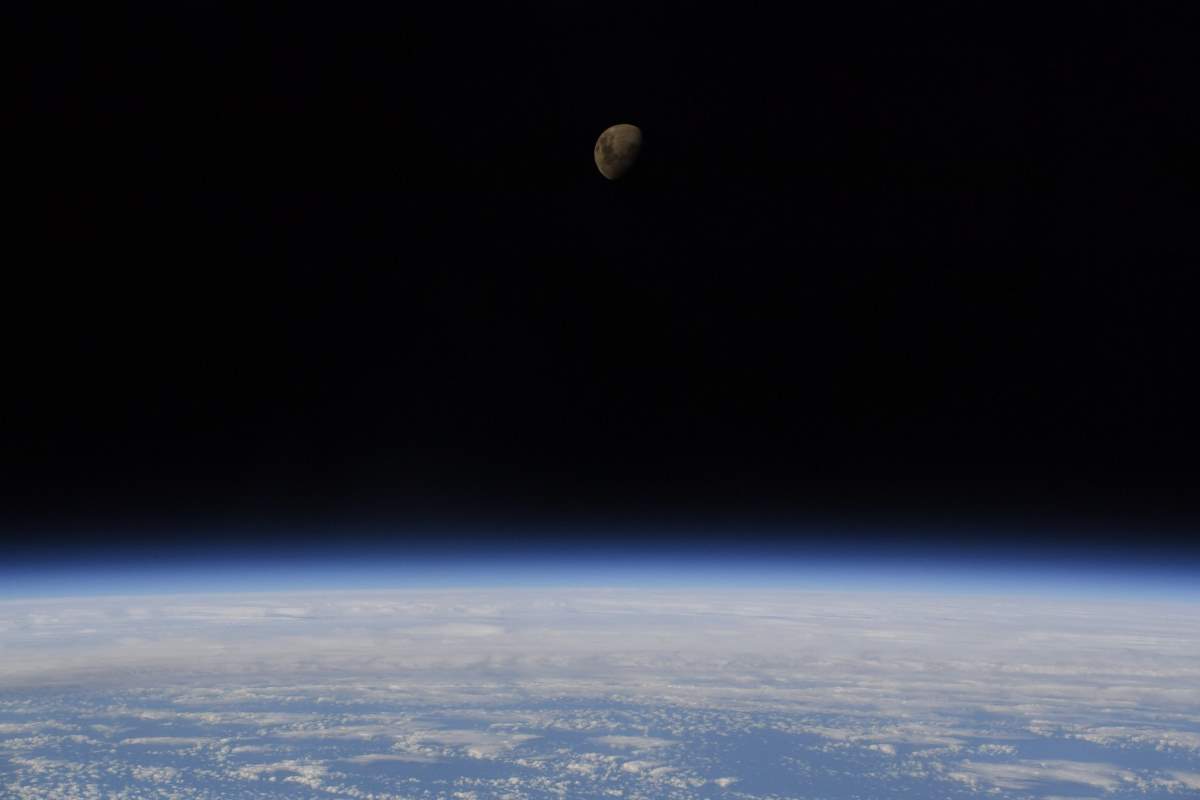
A beautiful photo of the Moon from the ISS: NASA astronaut Nick Hague took this amazing photo of the Earth and moon from the International Space Station (ISS) and published it on his Twitter account, saying “good night from space station”.
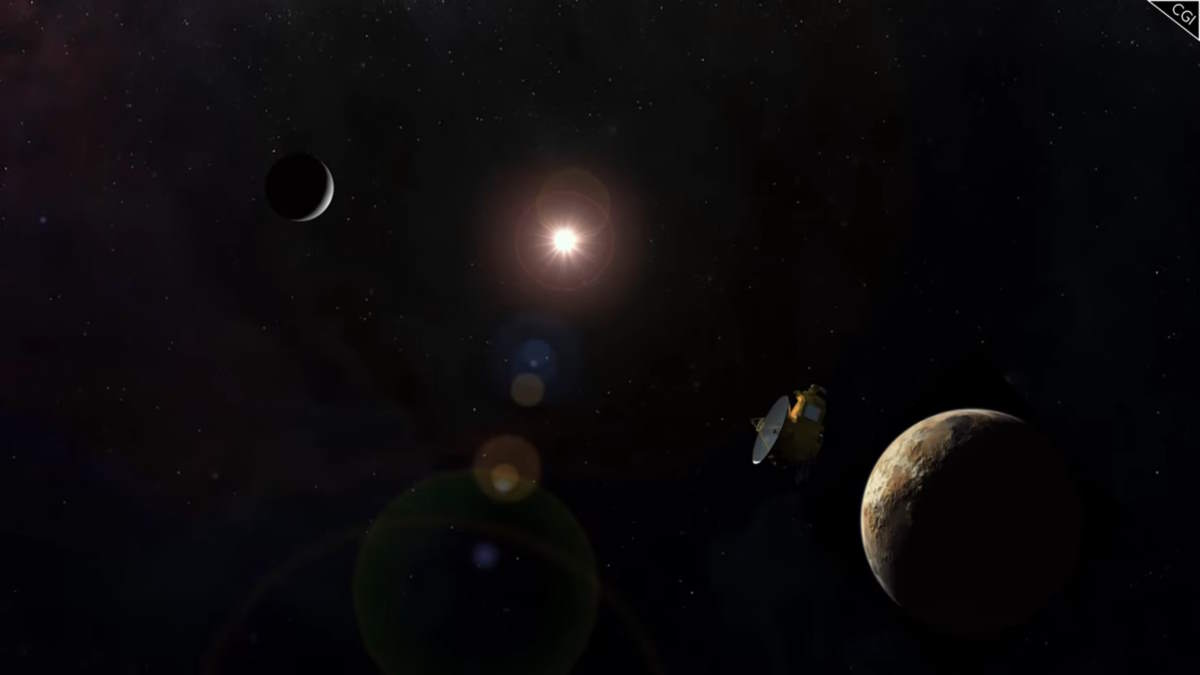
Google product developer Clay Bavor created a gif putting the Boeing 747 and SR-71 aircraft speeds into perspective compared to NASA’s New Horizons spacecraft. So you can have an idea of the speed of the New Horizons spacecraft, which performed a flyby study of the Pluto system in 2015. Spoiler: it’s fast!
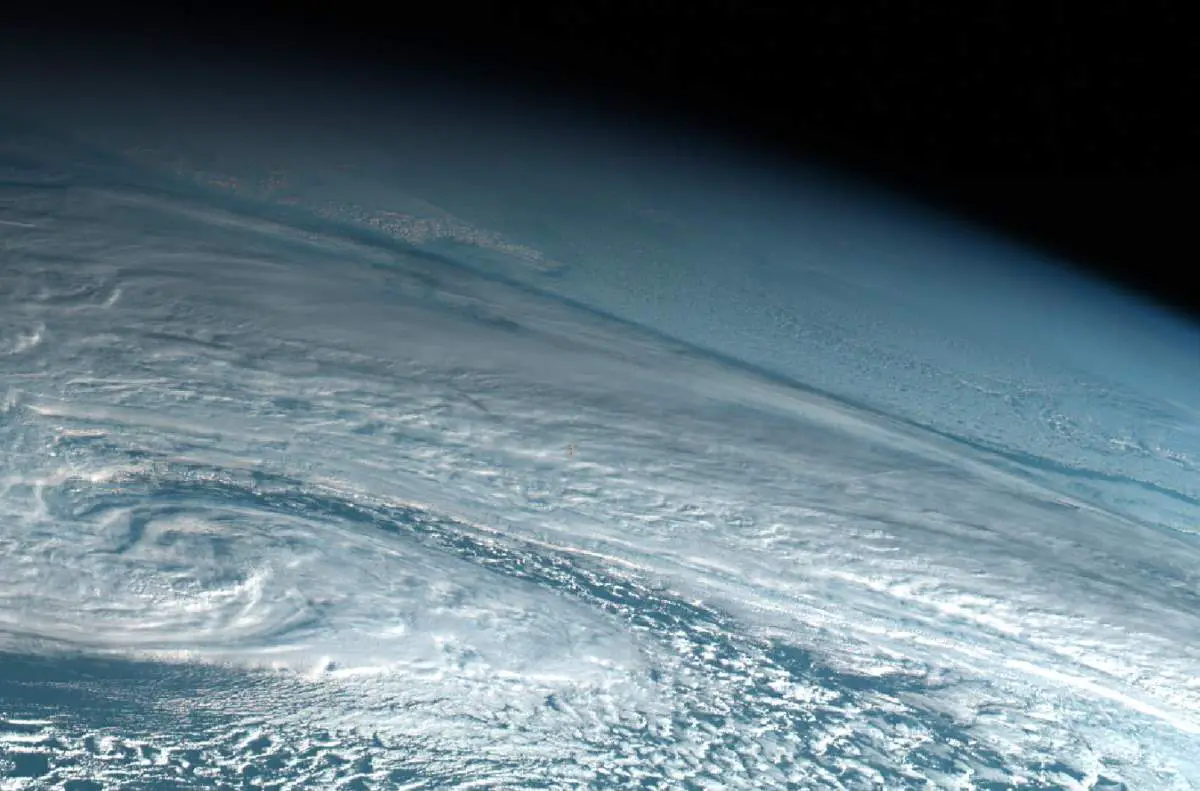
On December 18, 2018, at around noon local time, a meteor about 10 meters (30 feet) long and weighing more than 1,500 tons, plunged into Earth’s atmosphere. It exploded over the Bering Sea and released energy equivalent to 173 kilotons of TNT – at least ten times more powerful than “Little Boy”, the atomic bomb dropped on the Japanese city of Hiroshima on August 6, 1945. Japanese weather satellite Himawari 8 has recorded the fireball of the meteor before it exploded.

The Solar System is a vast and fascinating place that is home to a diverse range of celestial bodies, ranging from small asteroids to giant planets. However, there are also a number of objects that fall somewhere in between – they are not planets, but they are also not small enough to be considered asteroids or comets.
In this article, we will explore the top 10 largest non-planets in the Solar System. From massive moons to dwarf planets, these objects are fascinating in their own right and play an important role in our understanding of the cosmos. Let’s take a closer look at these intriguing objects and learn more about what makes them so unique.